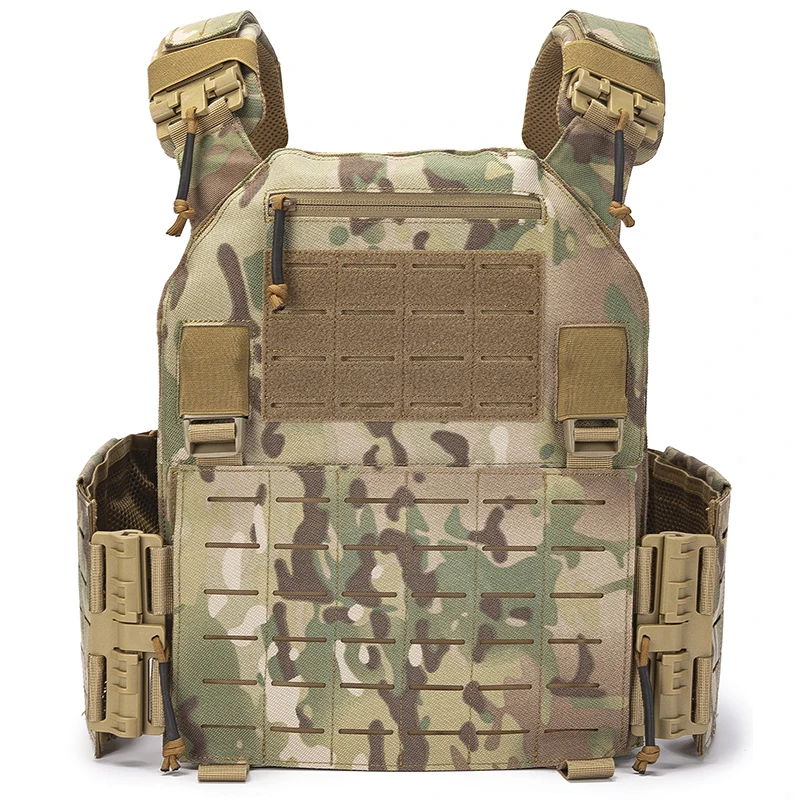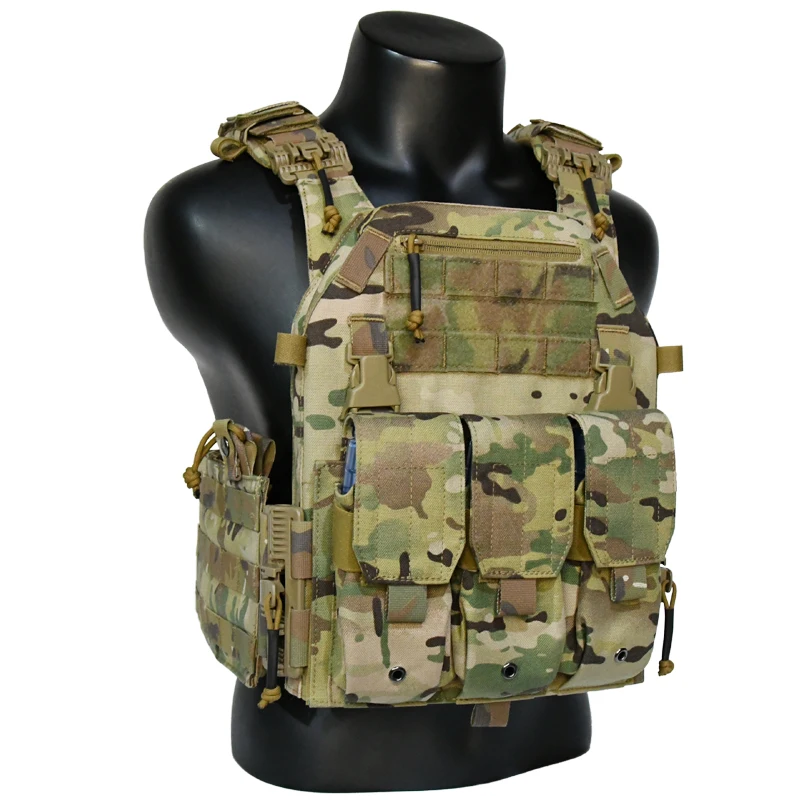Tactical Gear
PRODUCTS
Tactical Vest For Outdoor Activities
Versatility and Functionality
The core appeal of a tactical vest lies in its remarkable versatility. Unlike traditional backpacks, which can restrict movement and often distribute weight unevenly, a well-designed tactical vest offers a comfortable and adaptable system for carrying essential gear. Multiple compartments, pouches, and straps provide ample space for organizing items such as water bottles, first-aid kits, multi-tools, radios, and even small firearms (where legally permitted). This organization minimizes searching time and keeps vital equipment readily accessible, a critical advantage in unpredictable situations.
Many tactical vests are modular, allowing users to customize their loadout based on their specific needs for a given activity. Adding or removing pouches, adjusting straps, and adapting the vest to different body sizes ensures a personalized fit and optimal functionality. This modularity is a significant factor contributing to their increasing use in various outdoor pursuits, from hiking and camping to hunting and photography.
Material and Durability
The materials used in constructing tactical vests are carefully chosen for their durability and performance in harsh conditions. High-quality nylon, ripstop fabrics, and even reinforced Cordura are frequently employed to provide excellent tear and abrasion resistance. This ensures the vest can withstand the rigors of navigating challenging terrain, brush, and other environmental hazards. The stitching and construction are typically robust, designed to withstand heavy loads and prolonged use without failing.
Water resistance is another critical feature to consider. Many tactical vests incorporate water-repellent coatings or are constructed from materials that shed moisture effectively. This is especially important for activities involving rain, snow, or high humidity. Proper moisture management keeps essential gear dry and protects the vest itself from deterioration.
Comfort and Fit
While durability and functionality are paramount, comfort cannot be overlooked. An uncomfortable vest will quickly become a hindrance, impacting performance and enjoyment. Well-designed tactical vests incorporate features aimed at maximizing comfort, such as padded shoulder straps, breathable mesh panels, and adjustable waist straps. These features help to distribute weight evenly, prevent chafing, and maintain proper ventilation, even during extended periods of wear.
Finding the right fit is crucial for both comfort and functionality. A properly fitted vest should allow for a full range of motion without feeling restrictive. Adjustable straps and a customizable design enable users to tailor the fit to their individual body type and activity level. Prioritizing comfort ensures the vest enhances rather than detracts from the outdoor experience.
Considerations for Selection
Choosing the right tactical vest depends on individual needs and the intended activities. Consider the capacity required, the type of gear to be carried, and the environmental conditions in which it will be used. Look for features like MOLLE (Modular Lightweight Load-carrying Equipment) webbing, which allows for the attachment of additional pouches and accessories, expanding the vest's versatility. Evaluate the weight of the vest itself – a lighter vest will be more comfortable for prolonged use.
Reading reviews from other users can provide valuable insight into the performance and durability of different models. Pay attention to feedback on comfort, fit, and the quality of the materials used. Ultimately, selecting a tactical vest is an investment in safety and efficiency, ensuring a more enjoyable and successful experience in the great outdoors.
SUBSCRIBE
INQUIRY










